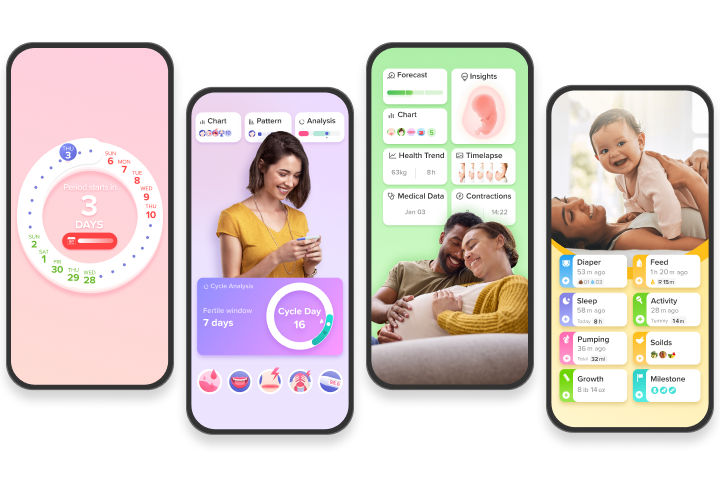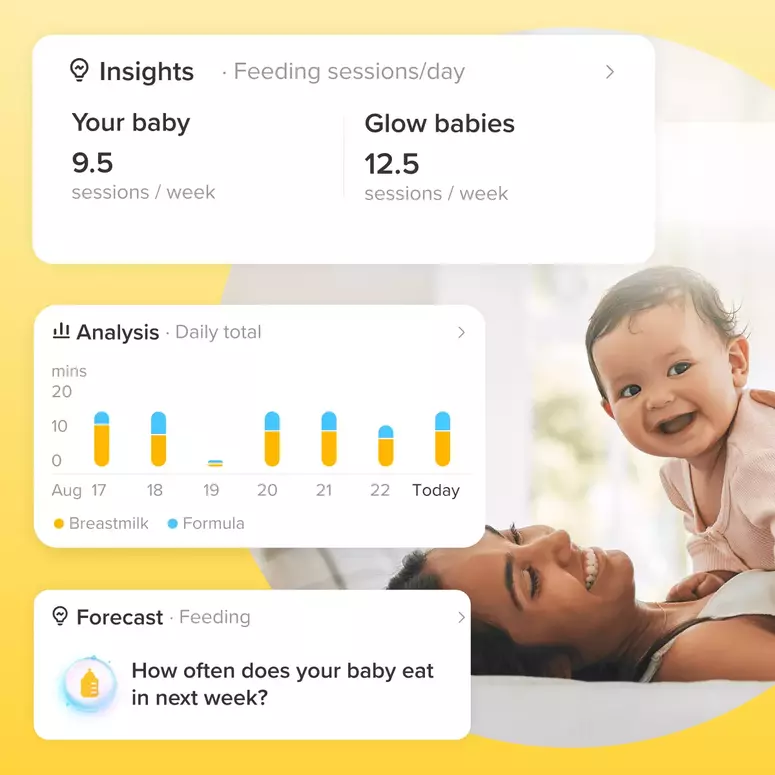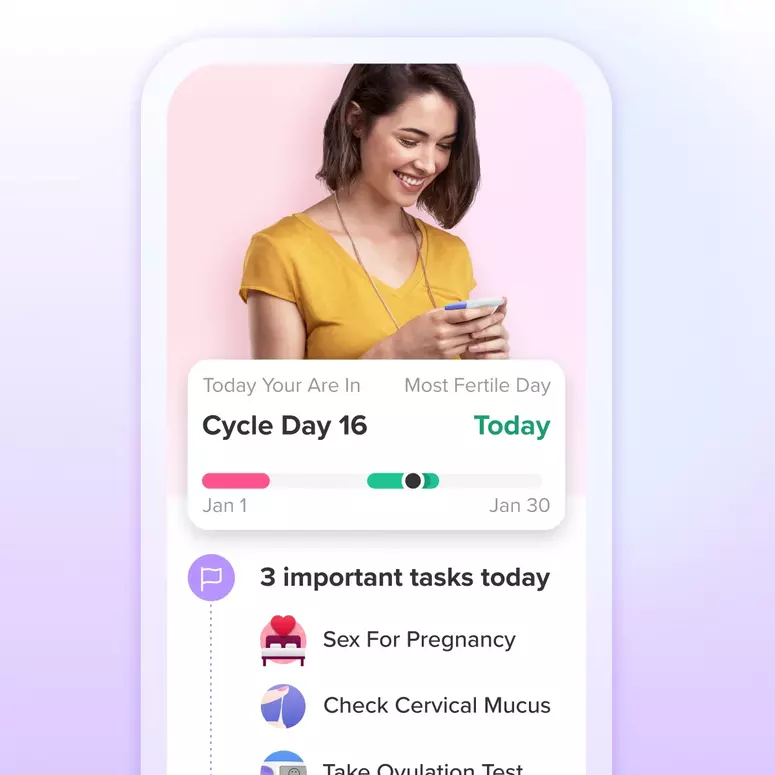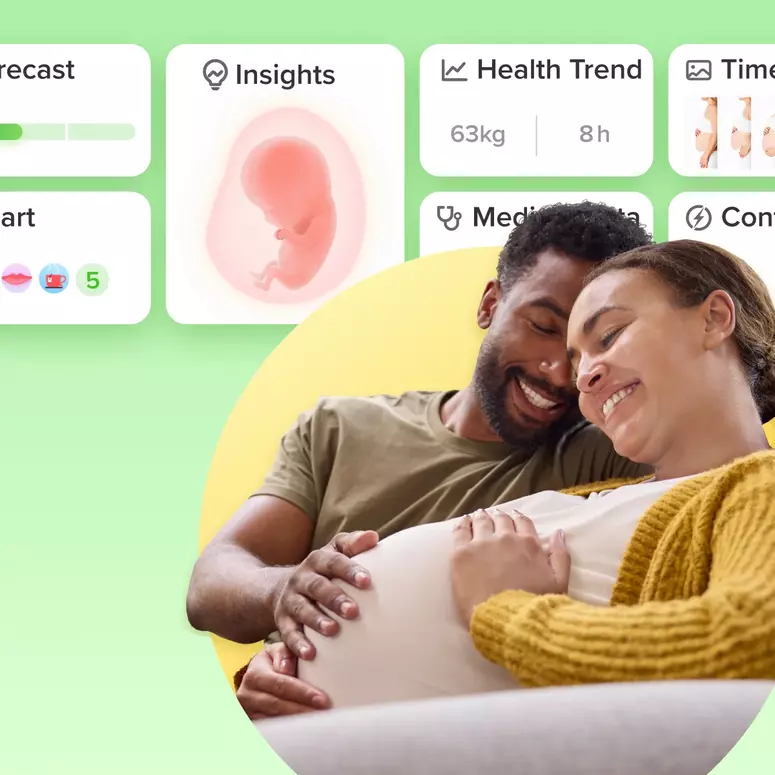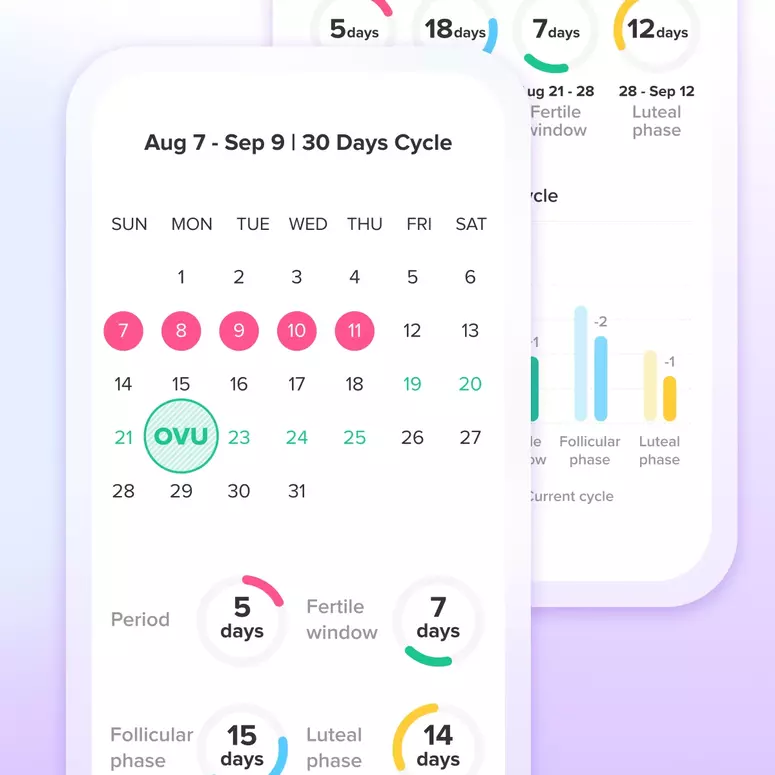
Enfamil + Glow
Sounds, smiles, and grasping! Every newborn develops at their own unique pace, use this milestone chart to learn how you can help your little one as they continue to grow.
Vision
Newborns love to hold objects close to their faces – this is because babies are very nearsighted, meaning it’s easier for them to focus on things that are closer to them. Newborns also like bold patterns with high contrast. These are easier and more interesting for babies to see and can help develop their eyesight.
Help them grow:
- Choose toys or hang a mobile with patterns that have high contrast (like black & white) over their crib, stroller, or car seat. This will be most beneficial for babies around 3 months old.

Tracking
One of the ways newborns develop visual coordination and depth perception is by watching moving objects. Watching an object pass the center of their face helps develop the brain’s ability to process and relay information, by stimulating the connection between your baby’s right and left brain hemisphere.
Help them grow:
- Help your baby’s tracking skills by holding a toy about 8-12 inches from their face. Once you have their attention, slowly move the toy from one side to the other while they keep their eyes on it – or maybe even try to grab it

Grasping
You may be familiar with that endearing newborn squeeze of your finger. This is their initial grasp reflex, where they automatically hold on tight. When they reach 3-4 months of age, this reflex changes to more of an opening and closing of the hand practice.
Help them grow:
- Place a small toy with a handle or a rattle in your baby’s hand. Eventually they’ll grip it tighter and shake it themselves. Giving them things to hold helps develop control, and -with practice, will happen by about 3-4 months old.
Head and neck control
Soon enough, your curious baby will gain the strength and neck muscles to lift their heads up on their own and begin to look around!
Help them grow:
- Tummy time! Lay your baby on their stomach to practice raising up their forearms and holding their heads up to look around.

Cooing
Straight from birth, babies prefer the voice of their mother. It’s typically the first (or one of the first) voices they hear, and one they hear most often. From simple words to full sentences, stories, and more complex grammar, your baby learns to communicate through listening to you. Exposure to all types of talking will help promote them to develop this skill, so chat away!
Help them grow:
- One of the best things you can do is also one of the simplest – just talk to them! Reading, singing, and “baby-talk” are all ways to connect. Your baby doesn’t have to understand the actual words or story, just hearing your voice is enough for them to begin learning and begin cooing and babbling to express their own emotions.
Smiling
It’s one of the moments every parent waits for, the first smile! Back-and-forth social smiling is a great way to interact and bond with your baby, and they can start around 6 weeks old.
Help them grow:
- When you notice your baby watching you, respond by giving them a big smile (you won’t be able to help it), you may just get one back!

Enfamil’s Subscribe to Save program allows you to focus on these milestones with automatic formula shipments. Set it, forget it, and have fun bonding with your baby!
Every baby is unique and reaches these milestones at their own pace.
This article gives you a look ahead at what developments might come up in ages 7-9 months.
